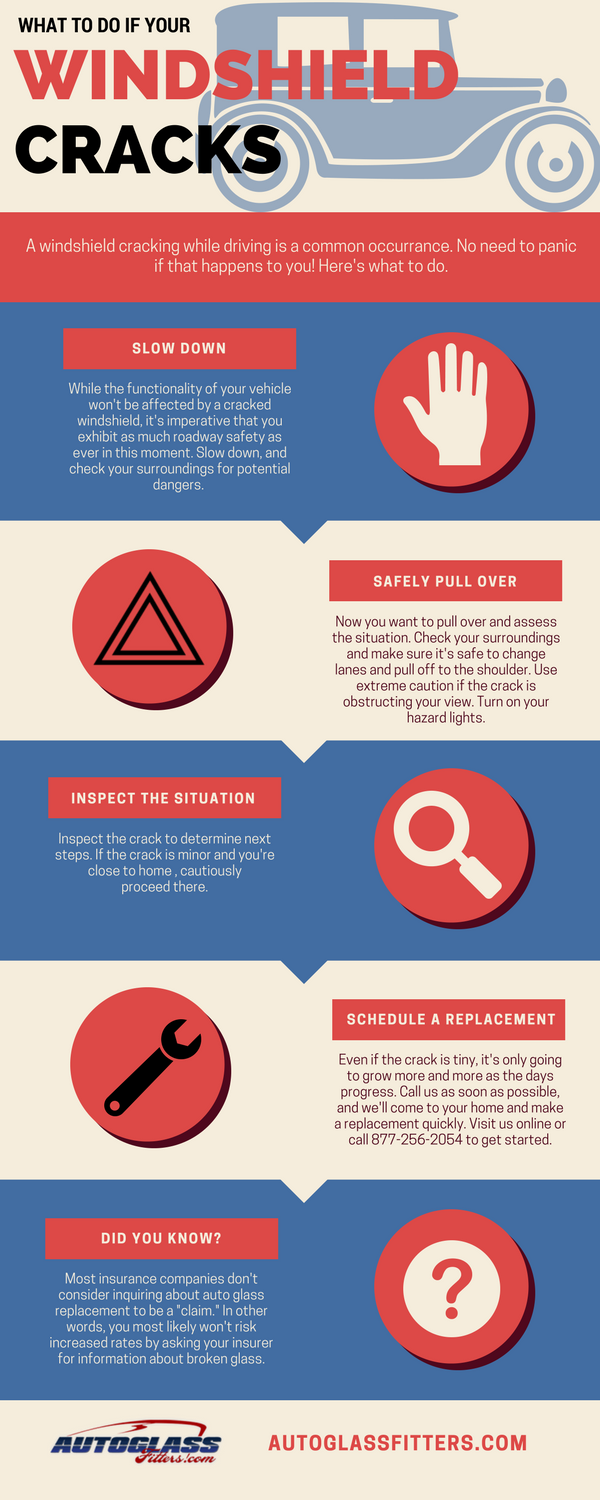One Of The Most Reliable Stress Washing Practices For Every Single Surface Area Classification
One Of The Most Reliable Stress Washing Practices For Every Single Surface Area Classification
Blog Article
Material By-Coley Mosley
When it comes to press cleaning, the technique you pick can make all the difference in accomplishing a tidy, streak-free coating. You could discover that difficult surfaces, like concrete, call for a different approach than softer materials, such as timber or plastic. It's essential to adapt your methods to the surface area type to avoid damage while optimizing cleansing effectiveness. So, what are the very best methods for each surface area, and exactly how can you ensure you're using the best setups and devices for the work? Let's explore what you require to know to get the very best results.
Hard Surface areas
When it involves push washing hard surface areas, prep work is key. Prior to you even consider pulling out the pressure washing machine, put in the time to get rid of the location of any kind of debris, furnishings, or obstacles. You do not desire anything entering your method or possibly destructive your devices.
Next, evaluate the surface for any type of splits or damages; this will certainly aid you establish the right method and pressure setups.
As soon as you have actually prepared the area, it's essential to pick the right nozzle. For tough surfaces like concrete or brick, a slim nozzle (15 or 25 degrees) functions best to give a concentrated stream of water that can effectively eliminate grime and spots. Constantly start at a distance and progressively relocate closer to avoid any type of surface area damage.
As you begin washing, keep the wand relocating to stop touches and over-saturation. It's additionally valuable to function from the top down, permitting dirt and debris to wash away normally.
Finally, remember to wash the surface area completely after cleaning to get rid of any leftover detergent. With these strategies, you'll attain a tidy and rejuvenated look on all your tough surfaces.
Soft Surfaces
Stress cleaning soft surface areas requires a gentler approach to shield them from damages. Whether you're cleansing your deck, outdoor patio furniture, or home siding, using way too much stress can result in dents, scratches, or even permanent harm.
Beginning by choosing a low-pressure nozzle, ideally a 25-degree or larger spray pattern, to disperse the water more gently.
Before you start, it's critical to pre-treat any spots with an appropriate cleansing remedy. This action enables the cleaner to permeate the dirt and grime, making it easier to remove without scrubbing as well hard.
Always apply the service from the bottom up to prevent spotting.
When you start pressure cleaning, maintain a distance of at the very least 12 to 18 inches from the surface area. Relocate your wand in a sweeping motion, maintaining it alongside the surface area to prevent concentrated pressure on one place.
Rinse try this website after cleaning to remove any type of recurring cleaner.
Last but not least, inspect the surface for any type of missed out on places and duplicate the process if necessary. By adhering to these steps, you can efficiently clean soft surface areas while protecting their integrity and appearance.
Specialized Surfaces
Cleaning soft surface areas needs treatment, but specialized surfaces demand a lot more attention to information. When you take on these surface areas, like fragile timber, tarnished concrete, or specific types of exterior siding, making use of the appropriate stress cleaning methods is essential to avoid damage.
Initially, assess the product. As an example, dealt with wood can frequently hold up against modest stress, but softer woods like cedar may require a lower setup. Constantly begin with the most affordable pressure and progressively increase if necessary.
For tarnished concrete, utilize a follower spray nozzle and maintain a consistent range to stop engraving the surface.
When managing surface areas like plastic house siding or painted surfaces, a wide spray pattern aids distribute the pressure evenly, safeguarding the coating.
It's likewise smart to make use of detergents specifically designed for specialized surfaces. They can improve cleansing without jeopardizing the product.
Wash thoroughly after cleaning to get rid of any type of deposit, as it can cause discoloration or deterioration over time.
Verdict
Finally, mastering stress washing strategies for various surfaces can make all the difference in your cleaning results. For https://cruzzejot.csublogs.com/39307446/anticipate-a-change-in-your-window-cleansing-proficiency-with-specialist-techniques-and-understandings-that-will-leave-you-amazed-at-the-degree-of-clearness-your-home-windows-can-obtain , stay with narrow nozzles and a top-to-bottom strategy, while soft surfaces require a gentler touch with bigger nozzles. Don't fail to remember to pre-treat spots and wash thoroughly to stay clear of deposit. By adapting your techniques to each product, you'll not just achieve a cleaner surface yet likewise secure the stability of your surfaces. Happy cleaning!
